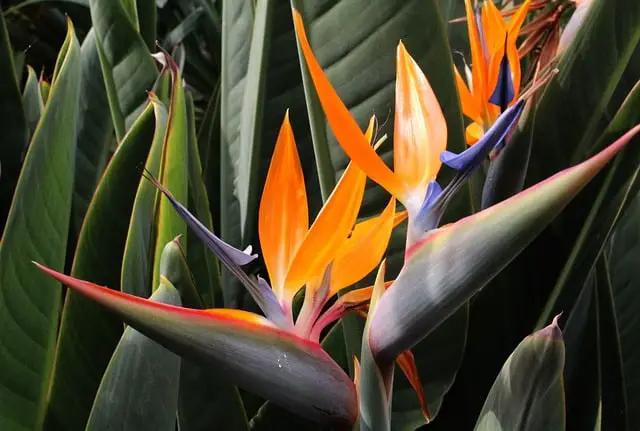Bird of Paradise is a tropical plant known for its vibrant and exotic flowers. However, if you notice your Bird of Paradise leaves turning yellow, it can be a sign that something is wrong. Yellow leaves can be a symptom of various issues, from nutrient deficiencies to overwatering.
To understand why your Bird of Paradise leaves are turning yellow, it is essential to have a basic understanding of the plant’s biology and care requirements. The plant’s leaves can turn yellow due to several reasons, including improper watering, pest infestations, or disease problems.
Nutrient deficiencies and soil conditions can also cause yellowing leaves. Therefore, it is crucial to identify the underlying cause of yellowing leaves to take appropriate measures to save your plant.
If you want to keep your Bird of Paradise healthy and vibrant, you need to provide it with the right care and maintenance. Proper watering, fertilization, and pruning are essential to ensure healthy leaves and flowers.
In this article, we will discuss the common reasons for yellowing leaves in Bird of Paradise plants and provide tips and techniques to prevent and treat this issue.
Key Takeaways
- Yellow leaves in Bird of Paradise plants can be a sign of various issues, including nutrient deficiencies, overwatering, pest infestations, or disease problems.
- Proper care and maintenance, including proper watering, fertilization, and pruning, are essential to ensure healthy leaves and flowers.
- Identifying the underlying cause of yellowing leaves is crucial to take appropriate measures to save your Bird of Paradise plant.
Check out these other top posts:
- Why Is My Aloe Vera Turning Yellow?
- Why Is My Alocasia Polly Turning Yellow?
- Pepper Plant Leaves Turning Yellow with Brown Spots
Understanding Bird of Paradise Plant
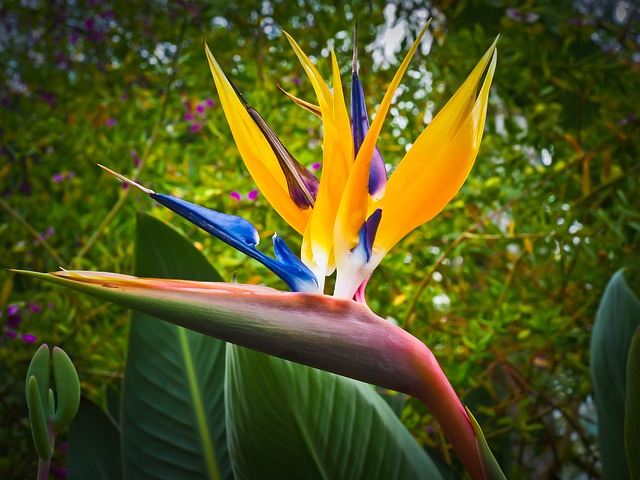
Bird of Paradise, also known as Strelitzia, is a tropical plant that is native to South Africa. It is a popular houseplant due to its exotic appearance, vibrant colors, and ease of care. The plant features large, glossy, banana-shaped leaves that are deep green in color and have a unique texture.
The plant produces beautiful, bird-like flowers that are orange and blue in color. These flowers bloom in the summer and fall, adding a pop of color to any room. The plant can grow up to six feet tall, making it a great addition to any indoor space.
Bird of Paradise is an indoor plant that requires bright, indirect light to thrive. It can tolerate some direct sunlight, but too much can cause the leaves to burn. The plant prefers well-draining soil and should be watered when the top inch of soil feels dry to the touch. Overwatering can cause the roots to rot and the leaves to turn yellow.
Yellow leaves on a Bird of Paradise plant can indicate a variety of problems, including underwatering, overwatering, nutrient deficiencies, pests, and diseases. It is important to identify the underlying cause of yellow leaves to prevent further damage to the plant.
Why Is My Bird of Paradise Leaves Turning Yellow – 4 Common Problems
Bird of Paradise plants are known for their stunning foliage and vibrant flowers. However, yellowing leaves can be a common issue that many plant owners face. Understanding the possible causes of yellowing leaves can help you take the necessary steps to revive your plant and ensure its health.
1. Overwatering and Underwatering
Overwatering is one of the most common causes of yellowing leaves in a Bird of Paradise plant. When the soil is constantly wet, the roots can become waterlogged, which can lead to root rot and other issues. On the other hand, underwatering can also cause yellowing leaves, as the plant may not be receiving enough water to thrive.
To determine if your plant is over or underwatered, check the soil moisture level. If the soil is constantly wet, reduce watering frequency and allow the soil to dry out between watering. If the soil is dry, increase watering frequency and ensure that the soil is moist but not waterlogged.
2. Inadequate Lighting
Bird of Paradise plants require bright, indirect light to thrive. If the plant is not receiving enough light, the leaves may begin to yellow and drop off. Conversely, if the plant is exposed to too much direct sunlight, the leaves can become scorched and turn yellow.
To remedy inadequate lighting, move the plant to a brighter location where it can receive bright, indirect light. If the plant is receiving too much direct sunlight, move it to a shadier spot or use a sheer curtain to filter the light.
3. Temperature Stress
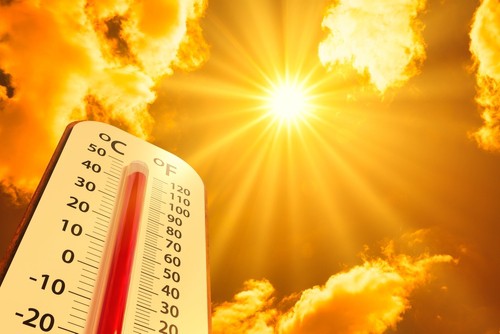
Bird of Paradise plants are tropical plants and require warm temperatures to thrive. If the plant is exposed to cold temperatures, it can cause stress and lead to yellowing leaves.
To prevent temperature stress, ensure that the plant is kept in a warm location with temperatures between 65-85°F (18-29°C). Avoid exposing the plant to drafts or sudden temperature changes.
4. Humidity Issues
Bird of Paradise plants require high humidity levels to thrive. If the humidity levels are too low, the leaves can become dry and yellow.To increase humidity levels, place a tray of water near the plant or use a humidifier. You can also mist the leaves with water to provide additional moisture.
By understanding the common causes of yellowing leaves in a Bird of Paradise plant, you can take the necessary steps to revive your plant and ensure its health.
Nutrient Deficiencies and Soil Conditions
When bird of paradise leaves turn yellow, it could be due to a lack of nutrients or soil conditions. Nutrient deficiencies can occur when the plant is not receiving enough of a particular nutrient.
Soil conditions can also affect the plant’s health, including its ability to absorb nutrients. Here are some potential causes of nutrient deficiencies and soil conditions that could be causing yellow leaves.
1. Nitrogen and Zinc Deficiency
Nitrogen and zinc are essential nutrients that bird of paradise requires for healthy growth. A lack of nitrogen can cause yellowing leaves, stunted growth, and poor flowering. Zinc deficiency can cause yellowing leaves, stunted growth, and poor root development.
To address these deficiencies, gardeners can use fertilizers that contain nitrogen and zinc. They can also add compost or well-rotted manure to the soil to increase nitrogen levels.
2. Iron and Magnesium Imbalance
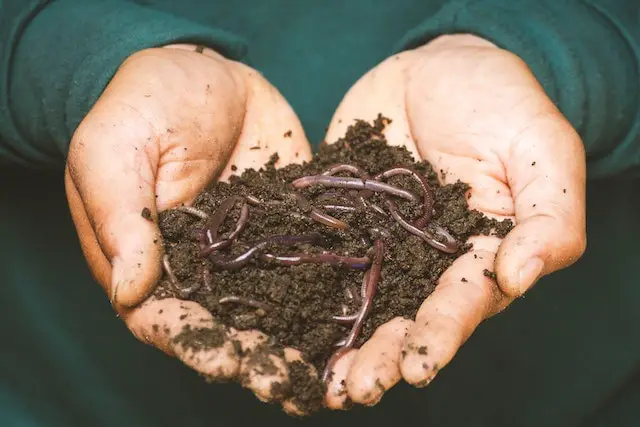
Iron and magnesium are also essential nutrients for bird of paradise. Iron is necessary for healthy leaf growth, and magnesium is important for chlorophyll production. An imbalance of these nutrients can cause yellowing leaves.
To address this issue, gardeners can add iron chelate or Epsom salt to the soil. They can also add compost or well-rotted manure to increase magnesium levels.
3. Soil and Drainage Issues
Soil and drainage issues can also cause yellowing leaves. Bird of paradise requires well-draining soil to thrive. If the soil is too compacted or waterlogged, the plant may not be able to absorb nutrients properly.
Gardeners can address this issue by repotting the plant in fresh potting mix. They can also add charcoal or perlite to the soil to increase drainage. Additionally, gardeners should ensure that the pot has drainage holes to prevent water from accumulating at the bottom.
By addressing these potential causes of yellowing leaves, gardeners can help their bird of paradise thrive.
Pest and Disease Problems
Bird of paradise plants can be susceptible to pest and disease problems, which can cause the leaves to turn yellow. Identifying the problem early and taking prompt action can help prevent the spread of the issue.
Fungal and Bacterial Diseases
Fungal and bacterial diseases can cause the leaves of the bird of paradise plant to turn yellow and eventually die. Some common diseases that affect this plant include root rot, leaf spot, and powdery mildew.
Root rot is caused by overwatering, which leads to the roots becoming waterlogged and eventually rotting. Leaf spot is caused by a fungus that thrives in humid conditions. Powdery mildew is a fungal disease that thrives in dry conditions.
To prevent fungal and bacterial diseases, ensure that the plant is not overwatered or exposed to humid or dry conditions for extended periods. Remove any infected leaves or stems immediately and dispose of them properly. Use a fungicide or bactericide to treat the plant as directed, if necessary.
Pest Infestations
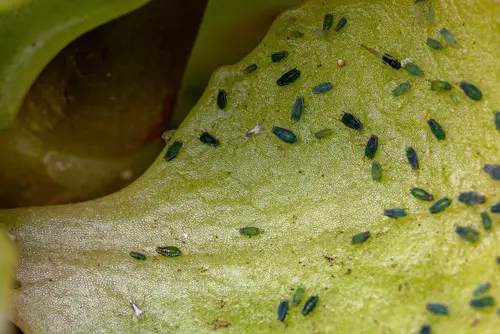
Pests such as aphids, whiteflies, spider mites, opogona crown borer, and scale insects can also cause the leaves of the bird of paradise plant to turn yellow. Aphids and whiteflies feed on the sap of the plant, causing the leaves to yellow and curl.
Spider mites can cause yellow stippling on the leaves. Opogona crown borer can cause yellowing and wilting of the leaves, while scale insects can cause yellowing and leaf drop.
To prevent pest infestations, regularly inspect the plant for signs of pests, especially on the undersides of leaves. Use an insecticidal soap or neem oil to treat the plant as directed if pests are present.
Additionally, ensure that the plant is not stressed due to environmental factors, such as temperature or humidity, as stressed plants are more susceptible to pest infestations.
Care and Maintenance for Healthy Leaves
To ensure that your bird of paradise plant remains healthy and vibrant, proper care and maintenance are essential. Here are some tips to keep your plant’s leaves from turning yellow:
1. Proper Watering
Watering is a crucial aspect of bird of paradise plant care. Overwatering can cause root rot and yellowing leaves, while underwatering can lead to dry, brown leaves. It is recommended to water your bird of paradise plant when the top inch of soil feels dry to the touch. Avoid letting the plant sit in standing water, as this can cause root rot.
2. Optimal Lighting
Bird of paradise plants require bright, indirect light to thrive. Direct sunlight can cause the leaves to scorch and turn yellow. If your plant is not receiving enough light, it may also develop yellow leaves.
Consider placing your bird of paradise plant near a window that receives bright, indirect light or using grow lights to supplement natural light.
3. Temperature Management
Bird of paradise plants prefer average indoor temperatures of 65-80°F. Avoid exposing your plant to extreme temperatures, as this can cause stress and yellowing leaves.
4. Humidity Control
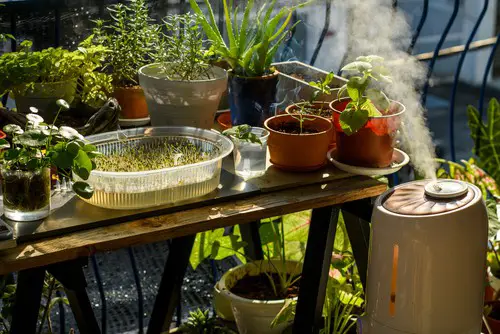
Bird of paradise plants prefer a humid environment. If the air in your home is dry, consider using a humidifier or placing a pebble tray filled with water near the plant. This will help prevent the leaves from turning yellow due to lack of moisture.
5. Nutrient Management
Fertilizing your bird of paradise plant is essential for healthy growth and vibrant leaves. During the growing season (spring and summer), fertilize your plant once a month with a general-purpose fertilizer. Avoid over-fertilizing, as this can cause fertilizer burn and yellowing leaves.
6. Pest and Disease Control
Pests and diseases can also cause yellowing leaves in bird of paradise plants. Regularly inspect your plant for signs of pests, such as spider mites and mealybugs. If you notice any signs of infestation, treat your plant with an appropriate insecticide.
Additionally, fungal infections can cause yellowing leaves. To prevent fungal growth, avoid overwatering and ensure that your plant has adequate airflow.By following these tips for proper care and maintenance, you can help ensure that your bird of paradise plant remains healthy and vibrant with lush green leaves.
Advanced Troubleshooting
If you have already checked the basic causes of yellowing leaves on your bird of paradise and have ruled them out, it’s time to move on to advanced troubleshooting. Here are some possible causes to consider:
1. Transplant Shock
If you recently repotted your bird of paradise, it may be experiencing transplant shock. This is a common problem when plants are moved to a new container or location. Symptoms include yellowing leaves, wilting, and slowed growth.
To prevent transplant shock, make sure to water your plant thoroughly before and after transplanting, and avoid disturbing the roots too much.
2. Aging and Natural Phenomenon
Bird of paradise plants are known for their long lifespan, but eventually, they will start to show signs of aging. One of the most common signs is yellowing leaves. This is a natural phenomenon and nothing to worry about.
However, if the yellowing is accompanied by other symptoms, such as wilting or leaf drop, it may be a sign of a more serious problem.
3. Fertilizer Burn
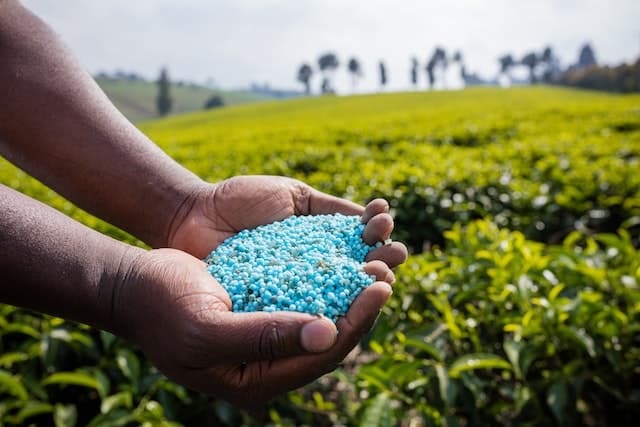
Over-fertilization can cause fertilizer burn, which can lead to yellowing leaves. If you suspect this is the problem, stop fertilizing your plant immediately and flush the soil with water to remove any excess fertilizer. Wait a few weeks to see if the yellowing stops. If it doesn’t, you may need to repot your plant into fresh soil.
4. Sunburn
Bird of paradise plants need plenty of light, but too much direct sunlight can cause sunburn. Symptoms include yellowing leaves, brown spots, and wilting. To prevent sunburn, make sure your plant is not placed in direct sunlight for extended periods of time. If you notice signs of sunburn, move your plant to a shadier location.
Frequently Asked Questions
Why are the leaves on my bird of paradise plant turning yellow and brown?
Yellow and brown leaves on a bird of paradise plant can be caused by a variety of issues, including overwatering, underwatering, nutrient deficiencies, climate stress, pests, or mineral deposits. It is important to identify the underlying cause and take appropriate steps to address it.
What does yellow leaves on a bird of paradise mean?
Yellow leaves on a bird of paradise plant can indicate a problem with the plant’s health. It could be due to overwatering, underwatering, nutrient deficiencies, climate stress, pests, or mineral deposits. Identifying the underlying cause is crucial to restoring the plant’s health.
Why are the leaves on my bird of paradise plant turning light green?
Light green leaves on a bird of paradise plant can be a sign of nutrient deficiencies, particularly nitrogen. The plant may need to be fertilized with a balanced, slow-release fertilizer to address this issue.
Why are there yellow spots on my bird of paradise leaves?
Yellow spots on bird of paradise leaves can be caused by a variety of issues, including fungal or bacterial infections, pests, or nutrient deficiencies. Identifying the underlying cause is important to determining the appropriate treatment.
Why are my bird of paradise leaves curling inward?
Inward-curling leaves on a bird of paradise plant can be caused by underwatering, overfertilization, or pest infestations. Identifying the underlying cause is important to determining the appropriate treatment.
Why are my bird of paradise leaves turning brown and curling?
Brown and curling leaves on a bird of paradise plant can be caused by a variety of issues, including overwatering, underwatering, nutrient deficiencies, climate stress, pests, or mineral deposits. Identifying the underlying cause is important to determining the appropriate treatment.

Hey, I’m Lisa and I’ve been an avid gardener for over 30 years. I love writing, talking and living in the garden! Feel free to connect with me on my socials below

